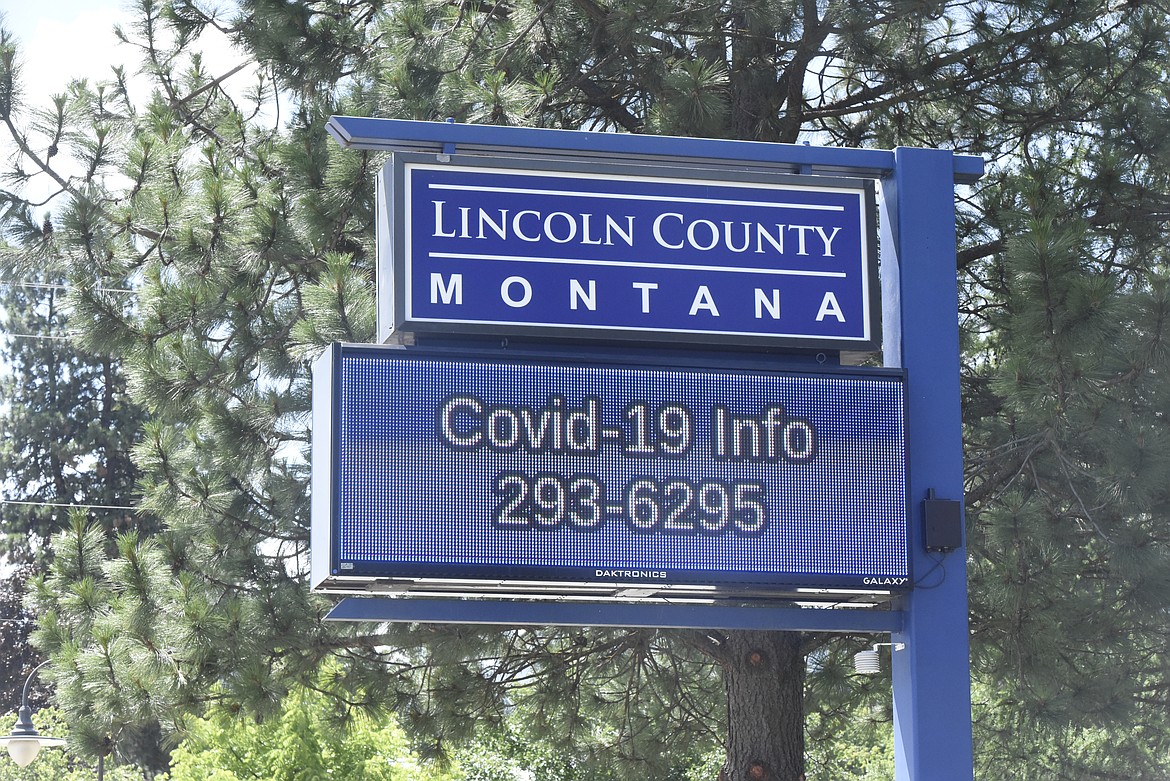Black, Peck hope to secure fast coronavirus tests
Lincoln County’s top doctor is working with state and local officials to expand coronavirus testing locally with winter rapidly approaching.
Surveillance testing for the coronavirus ended in Lincoln County in midsummer as state labs sank under the wave of demand, leaving local medical officials with only part of the picture of how the virus is moving within the community...
Become a Subscriber!
You have read all of your free articles this month. Select a plan below to start your subscription today.
Already a subscriber? Login



